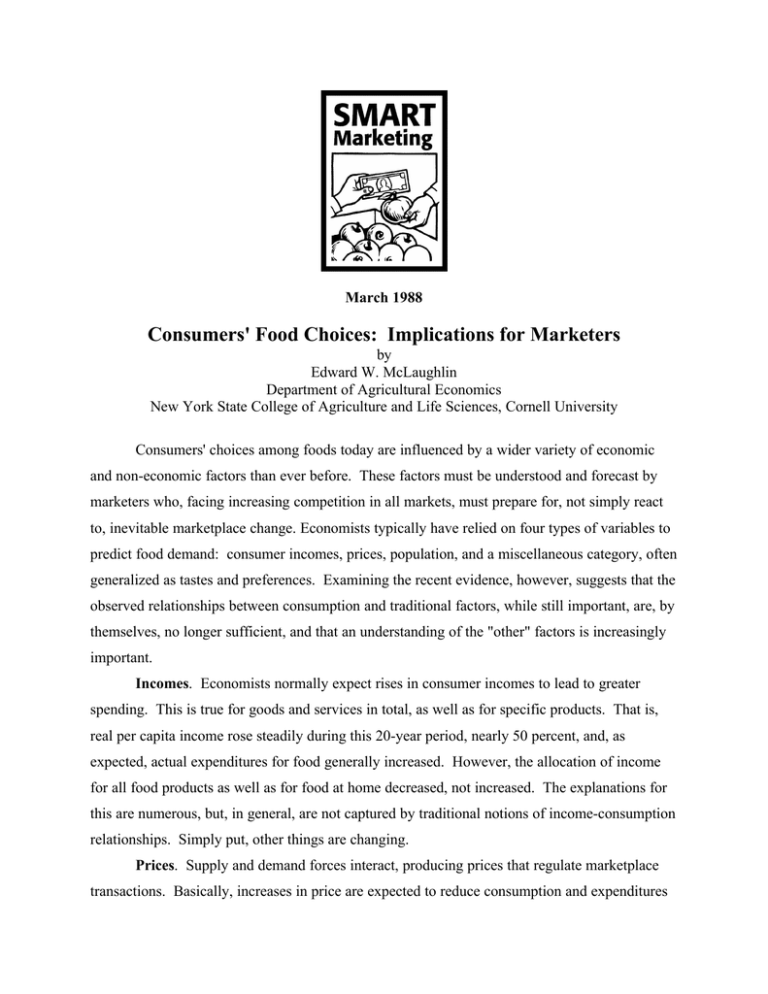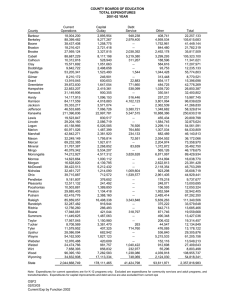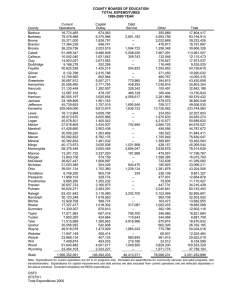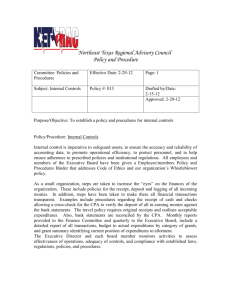Consumers' Food Choices: Implications for Marketers
advertisement

March 1988 Consumers' Food Choices: Implications for Marketers by Edward W. McLaughlin Department of Agricultural Economics New York State College of Agriculture and Life Sciences, Cornell University Consumers' choices among foods today are influenced by a wider variety of economic and non-economic factors than ever before. These factors must be understood and forecast by marketers who, facing increasing competition in all markets, must prepare for, not simply react to, inevitable marketplace change. Economists typically have relied on four types of variables to predict food demand: consumer incomes, prices, population, and a miscellaneous category, often generalized as tastes and preferences. Examining the recent evidence, however, suggests that the observed relationships between consumption and traditional factors, while still important, are, by themselves, no longer sufficient, and that an understanding of the "other" factors is increasingly important. Incomes. Economists normally expect rises in consumer incomes to lead to greater spending. This is true for goods and services in total, as well as for specific products. That is, real per capita income rose steadily during this 20-year period, nearly 50 percent, and, as expected, actual expenditures for food generally increased. However, the allocation of income for all food products as well as for food at home decreased, not increased. The explanations for this are numerous, but, in general, are not captured by traditional notions of income-consumption relationships. Simply put, other things are changing. Prices. Supply and demand forces interact, producing prices that regulate marketplace transactions. Basically, increases in price are expected to reduce consumption and expenditures while, conversely, price decreases are associated with consumption increases. Again, however, in certain cases, recent trends provide counter-intuitive results. Take, for example, nonalcoholic beverages: their prices rose more than twice as fast as overall food prices (CPI) over the past decade, yet expenditures for these drinks still increased by 23 percent, reflecting a likely shift in consumer preferences away from milk in favor of higher-priced soft drinks. On the other hand, although egg prices rose only about one quarter as much as overall food prices, relative expenditures for eggs actually fell by nearly 30 percent. Similarly for dairy products: although the prices of most dairy foods rose considerably less than other, competing foods, expenditures for dairy products dropped relative to their levels a decade ago. Population. The conventional wisdom here is that as population grows so will food consumption. Food consumption on a per capita basis has not changed substantially in over 50 years (it has hovered around 1400 pounds per year), so this notion seems validated. The problem is that the impressive population growth rates of earlier decades are over. Both nationally and regionally, particularly in the Northeast, population growth rates have either declined or stabilized compared to historical standards. New York State actually lost population in the 1970s. Thus, although population growth will continue to account for increases in total food consumption, these increases are likely to be much more modest than in the past. Conclusion. To anticipate future food demand, one must look beyond historical indicators. In a subsequent article later this year, the so-called "other" factors-essentially, demographic and lifestyle characteristics-will be described and their implications developed for food marketers.




